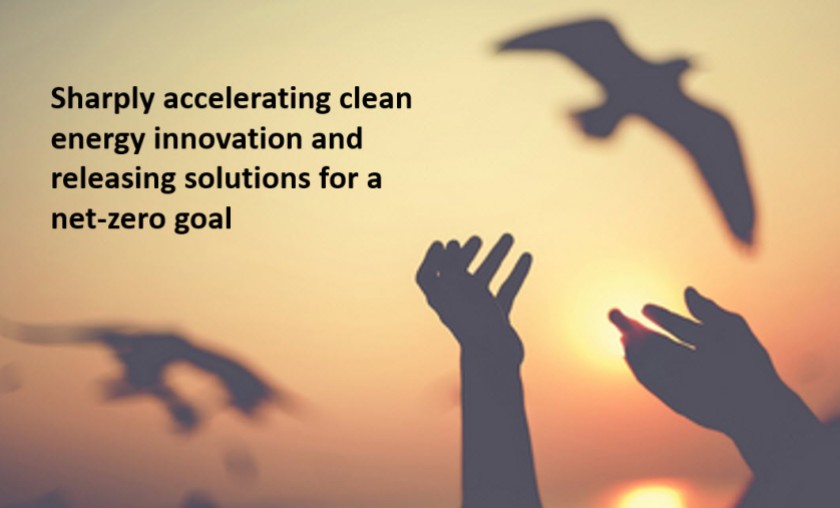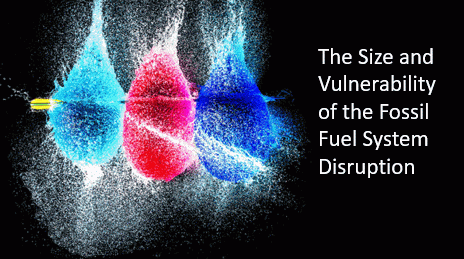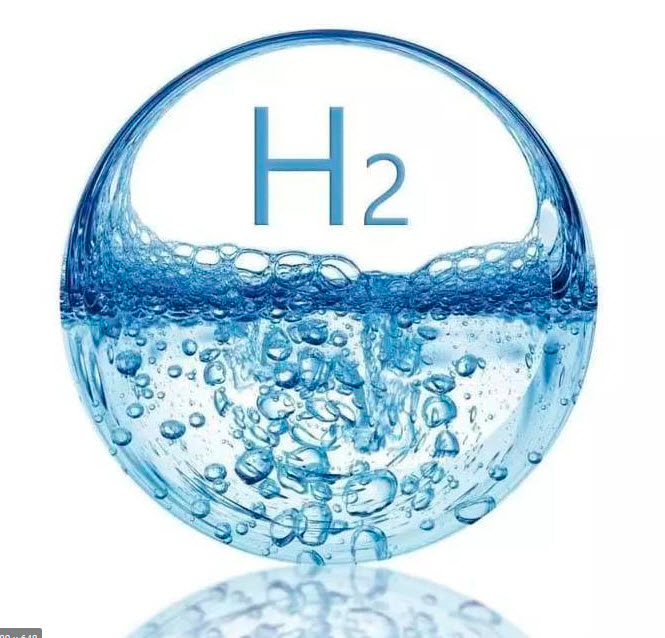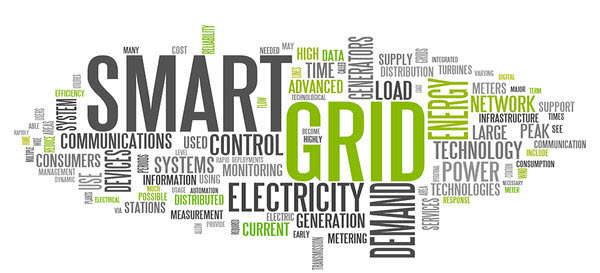
Today the International Energy Agency (IRA) released a long-awaited update on where innovation needs to be in the energy transition we are undergoing.
At their own admission, it has been three years since they (IEA) released its last Energy Technology Perspective (ETP) report. Although they argue they have been reflecting on the critical technology challenges, it is way overdue.
In this new report, “Energy Technology perspective: Special Report on Clean Energy Innovation” released today, 2nd July 2020, they have developed some improved modeling tools to bring a higher capacity to answer key technology questions in greater detail. This is good news.
IEA will further follow up later this year with a flagship ETP 2020 publication later in the year to keep a tighter and more consistent focus on the role and need of innovation to accelerate clean energy transitions.
They, the IEA are planning an IEA Clean Energy Transitions Summit really soon to convene ministers and CEO’s to the aim of driving economic development by this more robust focus on clean, resilient, and inclusive energy systems. Continue reading





 Something that will take thirty to forty years to turn from being ambitious and full of intent into realization is hard to relate too. Hydrogen is one of those promised solutions that can potentially allow us to achieve our “net-zero” carbon ambitions that have been “set in stone” (The Paris Agreement) dealing with greenhouse-gas-emissions mitigation, signed in 2016 that we need to achieve by 2050.
Something that will take thirty to forty years to turn from being ambitious and full of intent into realization is hard to relate too. Hydrogen is one of those promised solutions that can potentially allow us to achieve our “net-zero” carbon ambitions that have been “set in stone” (The Paris Agreement) dealing with greenhouse-gas-emissions mitigation, signed in 2016 that we need to achieve by 2050.
 The Smart Grid is evolving and will be essential in the next decade to bring the kind of transformation our existing energy grids require. Infrastructures to be fit for purpose must be fully integrated and smart to manage the increasing complexity and needs of electricity in the 21st century.
The Smart Grid is evolving and will be essential in the next decade to bring the kind of transformation our existing energy grids require. Infrastructures to be fit for purpose must be fully integrated and smart to manage the increasing complexity and needs of electricity in the 21st century. Energy is essential to the modern economy. It provides the vital power source of electricity for industry, for public services and powering infrastructure, as well as resolving domestic activities where heating, lighting, cooking can take place in different ways from traditional wood fires. Our growing reliance on communications, technology, and mobility all are reliant on having this constant source of energy.
Energy is essential to the modern economy. It provides the vital power source of electricity for industry, for public services and powering infrastructure, as well as resolving domestic activities where heating, lighting, cooking can take place in different ways from traditional wood fires. Our growing reliance on communications, technology, and mobility all are reliant on having this constant source of energy.